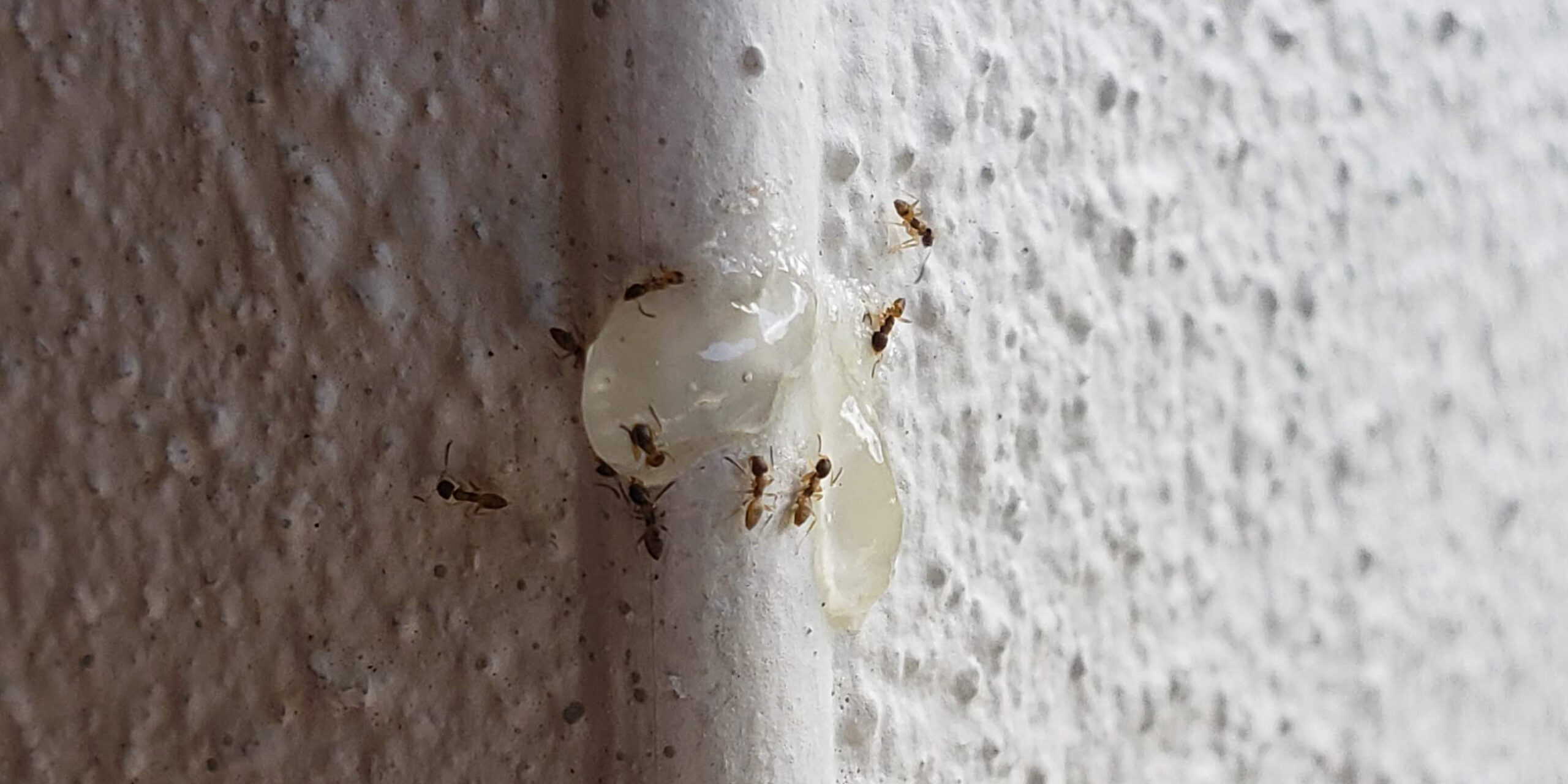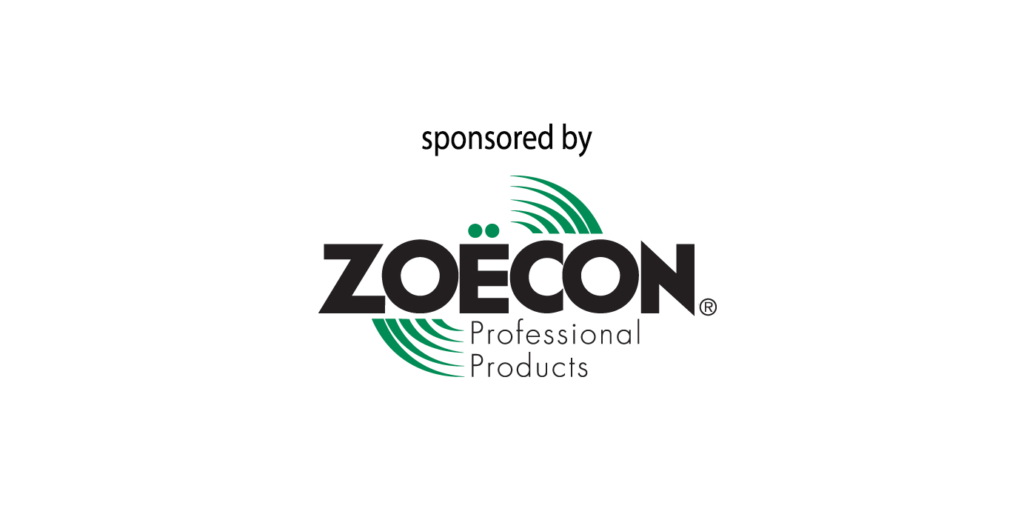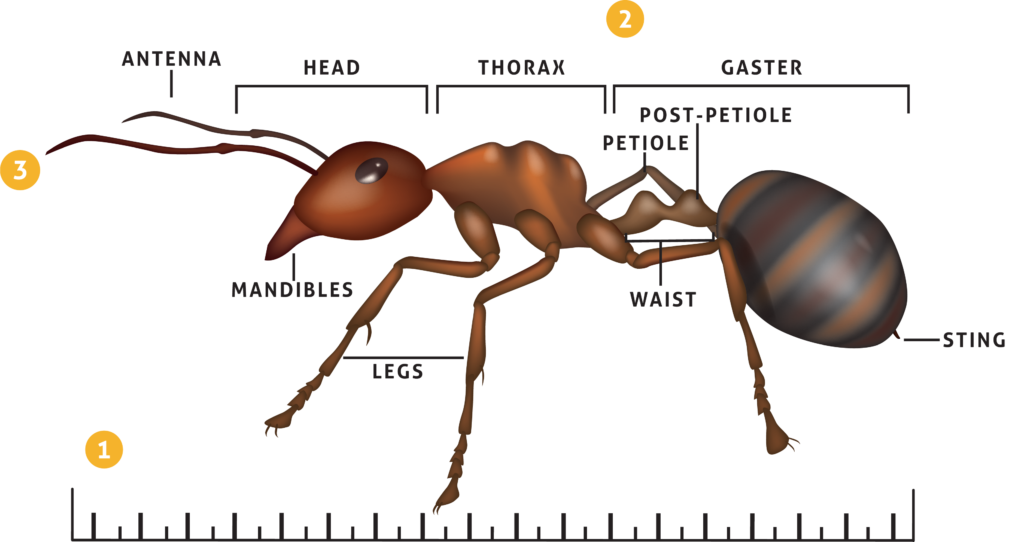

Go All In On Ant Control
Gaining the upper hand against ant infestations is no easy feat. Different ant species require different treatments due to unique behavioral traits, thus identification is a crucial first step toward gaining control. Don’t fold to nuisance ants when these tips from Zoëcon are a sound bet for ant control and identification.
Three Keys to Ant Identification
- Body Size, Shape & Color: Ants range from a fraction of a millimeter to a few centimeters. Size, shape, and color offer initial identification clues.
- Body Segmentation: Ants have three segments—head, thorax, and abdomen. The size, shape, and number of petioles aid identification.
- Antennae: Ants have elbowed antennae that are important sensory organs used for detecting chemical cues, communicating with nestmates, and navigating their environment. Segment count and club length are key ID traits.

Ant Behavior
Below are a few distinctive traits that help ants stand out from other insects:
Social Structure: Colonies can range from a few individuals to millions.
Division of Labor: Ant colonies have a well-defined division of labor and perform specific tasks such as foraging, caring for the young (larvae), defending the colony, and reproduction.
Communication: Ants communicate primarily through chemical signals known as pheromones that help coordinate activities such as foraging, marking trails, and defending the colony.
Where Ants are Occupants
- Soil Nests – Many ants build their nests underground, forming small mounds or complex tunnel systems. Examples: Fire ants, harvester ants.
- Wood Nests – Some ants nest in dead or decaying wood, while others tunnel into living trees. Examples: Carpenter ants (which burrow into wood but do not eat it).
- Under Rocks, Logs, or Debris – Many ants prefer nesting in sheltered areas under stones, fallen logs, leaf litter, or mulch.
- Inside Buildings (Structural Nests) – Some species, like Pharaoh ants and Argentine ants, nest inside walls, under floors, in insulation, or within electrical appliances.
- Plant-Based Nests – Certain ants, like twig ants and acrobat ants, nest in hollow stems, swollen thorns, or by weaving leaves together.
Breaking Down the Ant Life Cycle
Ants go through four stages in life: egg, larva, pupa and adult. Adults belong to one of three castes: queen, worker, or male. Here’s a deeper dive into the life of an ant.

How to Achieve Constant Control
Zoëcon® Professional Products offers a wide range of actives and formulations to control ant populations indoors and out.
Formitrol® Ant Bait Gel
Formitrol® Ant Bait Gel combines the adulticide dinotefuran with our pioneering IGR, (S)-methoprene, to disrupt the ant life cycle for effective, lasting control against over 20 nuisance ant species.
Antack® Liquid Ant Bait
Formulated with insecticide Spinosad, this sweet liquid bait ensures easy ingestion and colony-wide distribution.
Extinguish® Plus Fire Ant Bait
This dual-action bait combines Hydramethylnon for knockdown with the IGR (S)-methoprene to disrupt queen reproduction, preventing new colonies.
ProBait® Formulation for Professionals
This fire ant bait delivers relief, effectively killing labeled ants immediately after ingestion. Powered by Hydramethylnon, it provides effective control when needed most.
Get Your Hands On Formitrol® Ant Bait Gel
Interested in getting your hands on our latest innovation, Formitrol® Ant Bait Gel? The Zoëcon® Hands On Program is your chance to test and provide feedback on this and other products across our diverse portfolio.
“Formitrol is one of the best bait formulas I’ve used in my 36 years of experience in the pest control field. I was impressed with its effectiveness on its use on the outside. Usually, bait dries out and leaves a film behind, this was not the case. I’m glad to be using this product and being able to use it in the field.” – Veronica Velazquez (Homestead, Florida)
Tester Benefits: Why Join the Hands On Program
We value the feedback and expertise of our end users, and the Hands On Program is your chance to weigh in on our featured formulations.
“We had the opportunity to use Formitrol as a trial. The day after our sample arrived we had a call about a massive infestation. We used the product and even let the client know this was a new product for our company, so we wanted all feedback. When we called to follow up they said, ‘No need to retreat, it looks like it worked! No more ants and we are happy!’ That is what we want, happy clients.” — Andrea Giest (Metro Guard; Hurst, Texas)
Tester Tasks: What You Have to Do as a Tester
All you have to do is opt-in to each testing session and provide feedback in a timely manner. We take care of the rest!
Click here to learn more and sign up today.
“Formitrol Ant Bait Gel is an easy-to-use solution for invasive ants. I found it to be fast in the recruitment of foraging workers It is very effective against Argentine ants in a residential kitchen environment.” — Dennis Judy (Judy’s Pest Services, shared in loving memory; Snellville, Georgia)
To learn more about the full line of pest control products from Zoëcon® Professional Products, visit zoecon.com.
This page was produced by North Coast Media’s content marketing staff in collaboration with Central Life Sciences. NCM Content Marketing connects marketers to audiences and delivers industry trends, business tips and product information. The Pest Management Professional editorial staff did not create this content.